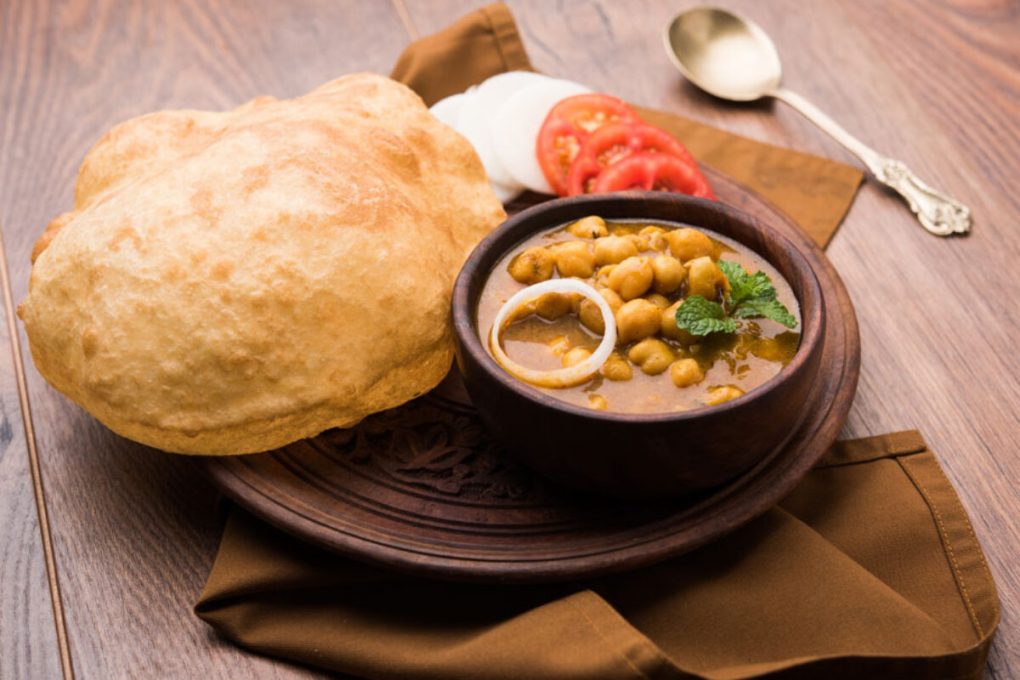India’s rapidly evolving food and beverage landscape reflects the diversity and complexity that coexists within the country. While traditional palates still dominate daily menus across towns and villages, global influences continue entering households and restaurants. Culinary experimentation combining old and new results in exciting dining trends that gain viral popularity through foodie channels and social media platforms.
These emerging trends provide insight into how India’s eating habits transform in response to increasing overseas exposure, rising affluence and changing lifestyles. Whether enjoying street food or fine dining, patrons appreciate novel experiences that still feel connected to the culture and locally sourced ingredients. Here are eight top trends making their mark on India’s dynamic food scene:
1. Regional Indian Cuisines Shine
Diners increasingly recognize and demand the vast diversity encompassed within Indian cuisine instead of the limited Punjabi-Mughlai fare that proliferated menus globally. This fuels regional restaurants to enter metro food spaces. Kerela’s seafood curries, Goan vindaloos, Hyderabadi biryani, Bengali panta bhat and other localized options now occupy prime real estate in mall food courts and standalone eateries. Pop-ups further introduce less familiar regional specialties to urban patrons.
2. Craft Beverages Complement Meals
Sophisticated palates look beyond standard soft drink and beer pairings to artisanal options like fruit ciders, meads and craft spirits distilled from regional ingredients. Players like Simba, Moonshine Meadery and Third Eye Distillery lead the way in offering drinks made in small batches using quality local materials. Their availability allows restaurants to design beverage programs beyond commercial liquor and wines. Specialty coffee roasters and experimental teas also gain interest, becoming conversation starters over comfort food.

3. Experimental Fusion Flourishes
Fusion food mashing international ingredients into familiar Indian preparations keeps pushing boundaries. Whether it’s dosas stuffed with cheese sausages, bhelpuri topped with Peruvian-style ceviche, or paranthas integrating Parmesan cheese within the dough, this playful cross-pollination intrigues and delights adventurous palates. The possibilities feel endless, leading to viral creations like Nutella biryani and Fanta paneer tikka.
4. Ancient Grains Stage Comebacks
A renewed interest in heritage ingredients leads chefs to champion ancient grains and produce on their menus. Beyond dining trends of quinoa and amaranth, restaurants proudly highlight ragi (finger millet), kodo and barnyard millets, heirloom rice varietals like Kalajeera and Doddibasmati from the Western Ghats, indigenous lentils like kulath, and greens like bathua. Their renewed availability lets diners reconnect with flavors anchoring old family recipes.
5. F&B Retail Ramps Up
Patrons appreciate the convenience of purchasing pantry ingredients, ready-to-heat snacks, meal kits and artisanal products from the same brands they enjoy eating out at. Multi-channel F&B retail meets this demand while allowing businesses to diversify revenue streams. From ITC Hotels’ gourmet food boxes to celebrity chef Sanjay Vazirani’s FoodHall market to Chaayos Chai-on-the-Go packs, dining operators tap into take-home potential.
6. Nutritious Innovations Gain Ground
With rising lifestyle diseases, nutrition-focused menus emerge alongside unhealthy indulgent options. Ingredients like ashwagandha, turmeric, jaggery, ragi and regional greens appear on plates promoting wellness. Concepts like food supplements infused into everyday items also pick up steam. Health-conscious shortcuts allowing crammed urbanites to obtain daily doses of micronutrients through diet find appeal across generations.

7. Sustainable Initiatives Advance
Environmentally damaging production and supply practices concern conscientious consumers, spurring eco-conscious practices. These include responsible seafood sourcing policies, localized farm-to-table procurement through alternative food networks, renewable ingredient use like ragi versus rice, and upticks in plant-forward dining. Restaurants also take measures to reduce food wastage and single-use plastics while incorporating other sustainability efforts.
8. Experiences Take Precedence
Diners increasingly value the overall experience versus just taste, flavor, price and convenience when choosing where and how to spend their mealtimes. Customization, personalization and entertainment around dining become key expectations, especially for younger audiences. Bespoke menus based on personalized tastes or health factors, cooking classes, pop-ups, food trails and more immersive, interactive environments provide this for patrons looking to create moments, memories and photo-ops showcasing their individuality.
Also read- Going Beyond the Bowl: Exploring the Latest Ramen Trends
















